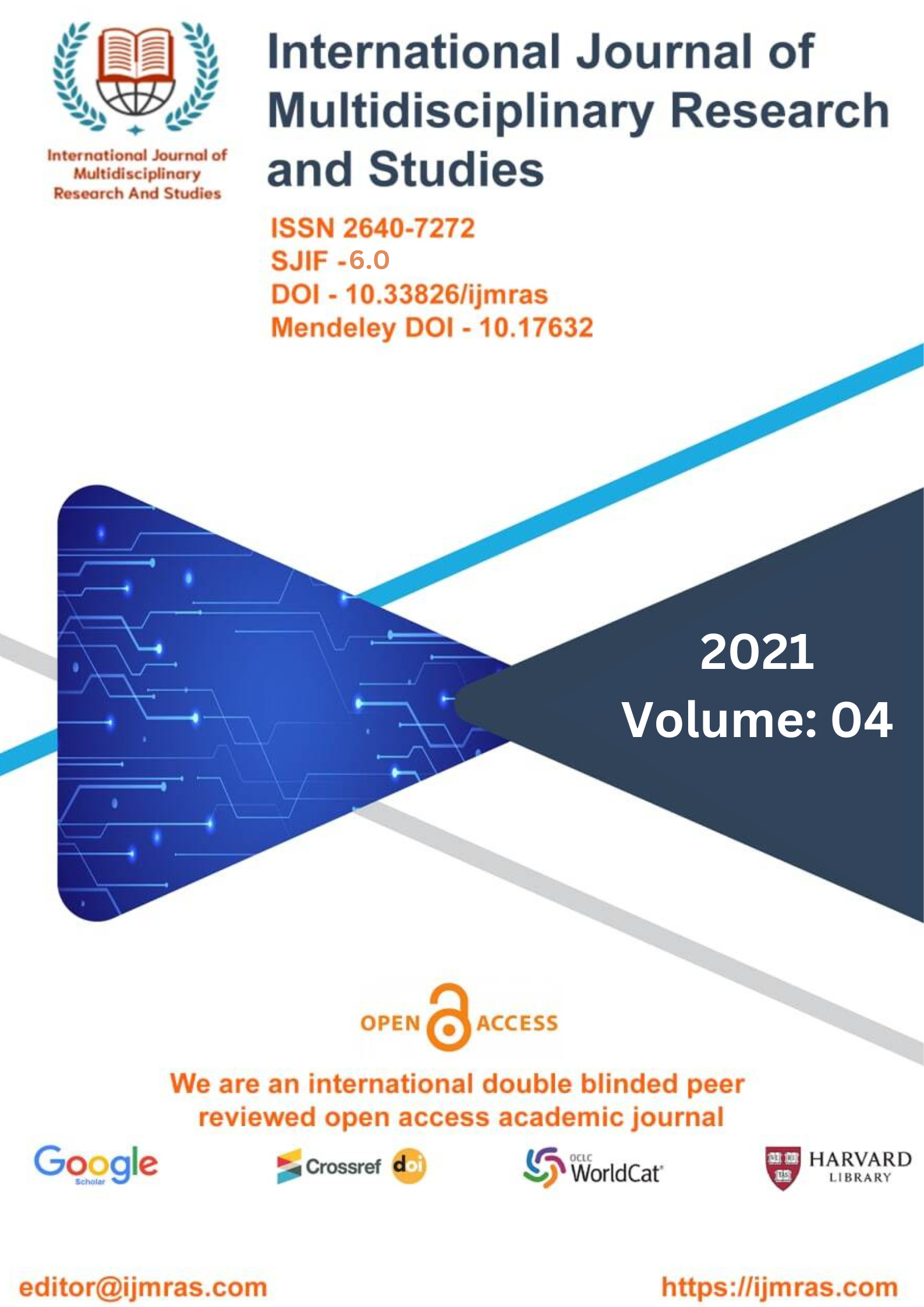A STUDY OF THE IMPACT OF MODERN TECHNOLOGY ON THE WORK AND WORKING CONDITIONS OF AGRICULTURAL LABORERS

Abstract
Over the course of the last half-century, advancements have been made in the field of sustainability. For example, the best management practises agricultural sector and policies that have been updated for the benefit of agriculture are extensively adopted and have been effective at highlighting the need of external inputs to rise in today's society. Reduced susceptibility to illness thanks to newly developed hybrids. the manufacture of food This has resulted in an increase in the use of pesticides, biological methods of pest management, cultural practises, inorganic fertiliser, and animal intake of pesticides, all of which have the potential to lower the occurrence of illnesses and pests. products for animal feed as well as tractors and other types of machinery. These insect-specific chemicals and biological insect controls are now being used instead of broad-spectrum treatments and procedures because they are foreign inputs that have replaced for natural resources. As a result, the effectiveness of these treatments has been reduced. Insecticides pesticides, which actually cut down on the amount of sprays needed, have largely replaced the biological, cultural, and mechanical approaches that were formerly utilised, and consequently their capitals. GIS, Crop models as well as methods for preventing and treating diseases, weeds, and insects.
Keywords
treating diseases, biological methods, illness, pest managementHow to Cite
References
Ahuja, H.L. Advanced Economic Theory. Micro Economics Analysis, S. Chand and company Ltd., New Delhi, 1992.
Allen R.G.D., Micro Economic Theory, Macmillan, London, 1970.
Brown, M. Theory and Measurement of Technological change, University Press, Cambridge, 1968.
Cramer, J.W., Empirical Economics, North-Holand, Amsterdom, 1969.
Goodwin, J.W. Agricultural Economics, Reston Publishing Co., Virginia, 1977.
Kelin, L.R., An Introduction to Econometrics, Printice Hall of India Private Ltd., New Delhi, 1969.
Bhati, J.P., etal, income, savings and Economics rational of investment in tribal agriculture of National Tarai, IJAE,Vol-27,1972
Brown and others, Technological changes and distribution on income riview, September, 1963.
Chadha, G.K., Production Behaviour, size of farm and Technology: A Case study of Panjab, Arth vijnana, January, 1979.
Desai, M. and Namboodri, N.V. determinants of total factor productivity in Indian agi iculture Economic and political weekly (epw) December, 1997.
Garg, J.S. etal impact of HYV on pattern of income distribution, IJAE , Vol —28,1970.
Gay, H, Indian’s administration of rural development, Development digest vol-9 September 1971
Johnson, S.E., Technological change and the future of the rural life, J.F.E. May 1950.
Khare and Brij, the mathematical formulation of production functions, UAE, July- Sep ember 1981.
Cal B.B., A Note on production function analysis UAE, January 1972.
Ranade and Dev, Agriculture and Rural development: Stocks, suicides and food security, Indira Gandhi institude of development research, 1997.
Rudra, A Farm size and guide per Acre, Ecnomic and political weekly, Vol- 3, October 1968.
Shan and Agrawal, Impact of new technology on the level of income: Patterns of income distribution and saving of farmers in central U.P., UAE, Vol 25, 1970.
Shettry, N.S. Inter- Farm Rates of technology cal different in Indian Agriculture, UAE. Vol-21. 1966.
License
Copyright (c) 2021 Pratibha Sinha

This work is licensed under a Creative Commons Attribution 4.0 International License.
Individual articles are published Open Access under the Creative Commons Licence: CC-BY 4.0.



